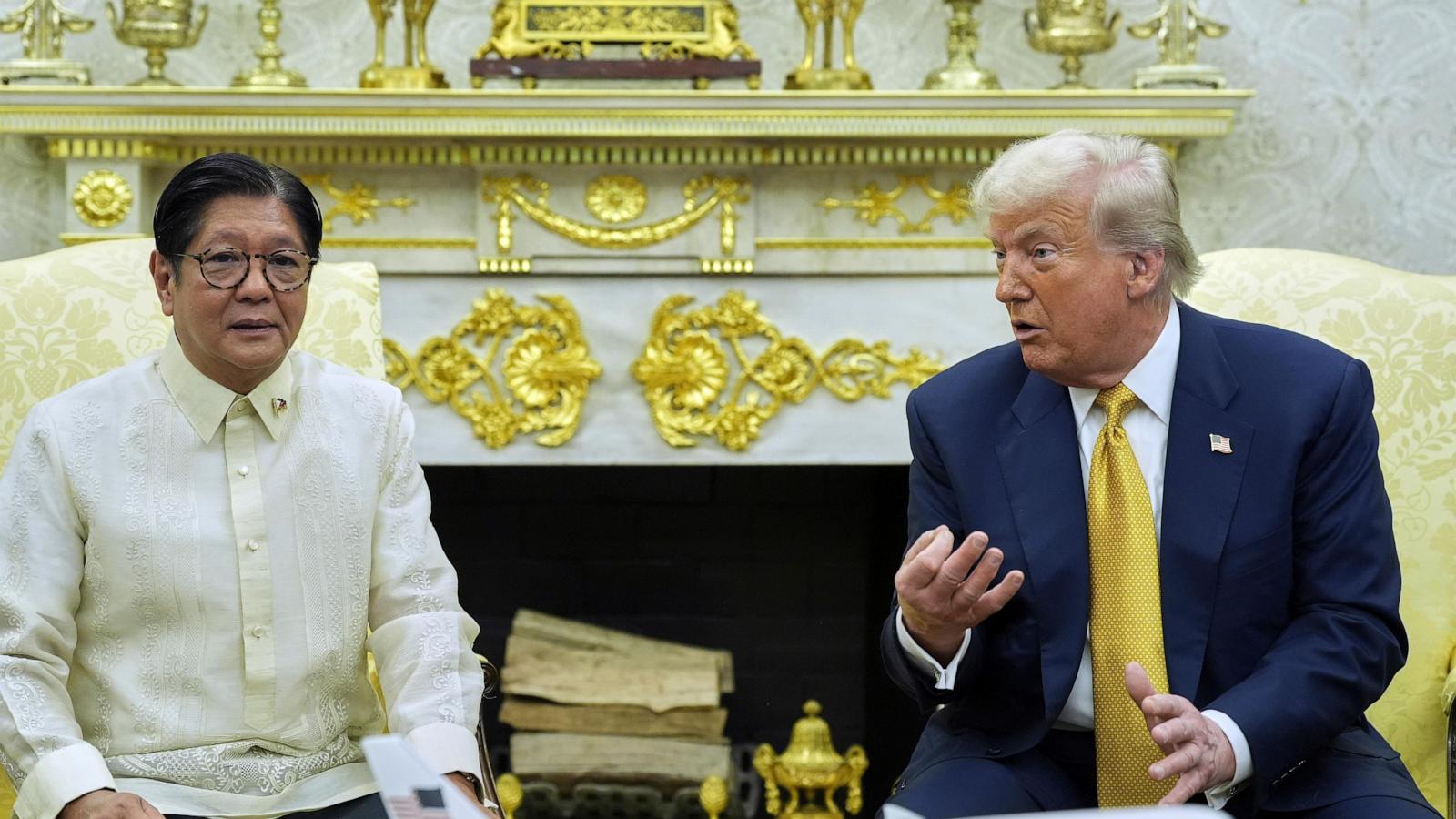
The geopolitical landscape in Southeast Asia is experiencing a significant shift as the Philippines prepares for high-stakes discussions with the United States. In a strategic move, the Philippine president recently engaged with key US officials—namely the Defence Chief and the Secretary of State—prior to an anticipated meeting with then-President Donald Trump. Such diplomatic engagements underscore the Philippines’ active pursuit of stronger alliances amidst regional and global challenges.
The Context of the Diplomatic Engagements
Rising Geopolitical Tensions in Southeast Asia
The Indo-Pacific region continues to be a theater of strategic rivalry among major powers, notably the United States, China, and Russia. The South China Sea dispute remains a flashpoint, with overlapping claims threatening regional stability. The Philippines, possessing vital maritime routes and rich natural resources, plays a crucial role in this geopolitical chess game.
Recent Developments in US-Philippine Relations
Over the past few years, the Philippines has seen shifts in its foreign policy alignments, balancing its relationship between traditional allies and emerging regional partners. The recent meetings with US officials highlight a reinvigoration of defense and diplomatic ties, signaling the Philippines’ intent to bolster its security posture and strengthen strategic collaboration with the United States.
Details of the Meetings with US Officials
Philippine President’s Engagement with US Defense Chief and Secretary of State
According to reports, the Philippine president convened with the US Defense Chief and the Secretary of State amidst mounting regional security concerns. The discussion focused on several key areas:
- Defense Cooperation: Enhancing military exchanges, joint exercises, and logistical support to ensure regional stability.
- Counterterrorism Efforts: Strengthening intelligence sharing and operational coordination to combat insurgent groups and terrorist threats in the region.
- Maritime Security: Addressing concerns over freedom of navigation and sovereignty rights in contested waters.
- Economic and Diplomatic Support: Discussing avenues to deepen economic ties and diplomatic collaborations to foster regional growth.
These discussions are indicative of the Philippines’ strategic prioritization, seeking to leverage US support in safeguarding national interests while navigating complex regional dynamics.
Implications of the Engagements
Strengthening Diplomatic Ties
The recent meetings serve as a reaffirmation of the Philippines’ commitment to its longstanding alliance with the United States. Reinforcing diplomatic relations through high-level talks helps establish a foundation for future cooperation in various domains, including defense, trade, and regional security.
Regional Security and Stability
By engaging actively with US officials before the upcoming talks with Trump, the Philippines aims to position itself as a critical partner in regional stability. This move can potentially deter aggressive actions by other regional actors and promote a rules-based order in the South China Sea.
Domestic Perspectives and Public Reactions
The Philippine president’s diplomatic engagements have garnered mixed reactions domestically. Supporters view this as a strategic move to ensure national security and economic resilience, while critics raise concerns over potential over-reliance on US military support. Nonetheless, such high-level diplomacy indicates the Philippines’ proactive approach to regional issues.
Anticipated Outcomes from the Upcoming Talks with Trump
Potential Agreements and Strategic Pacts
The scheduled discussions with President Donald Trump are expected to focus on cementing security arrangements, possibly including:
- Renewed or expanded defense treaties
- Increased US military presence and training programs
- Joint development projects in defense technology
- Enhanced collaboration on combating transnational crime and drug trafficking
Broader Implications for Southeast Asia
The Philippines’ diplomatic maneuvers may influence broader regional alignments. Strengthening US-Philippine relations could prompt other Southeast Asian nations to reconsider their strategic partnerships, potentially leading to a reconfiguration of regional power dynamics.
Conclusion
The meetings between the Philippine president and key US officials serve as a critical prelude to upcoming high-level talks with President Trump. These engagements highlight the Philippines’ strategic priorities, emphasizing security, diplomacy, and regional stability. As tensions continue to simmer in the Indo-Pacific, these diplomatic efforts underscore the importance of strong alliances and proactive diplomacy in safeguarding national interests and promoting peace in the region.
For more updated news please keep visiting Prime News World.








